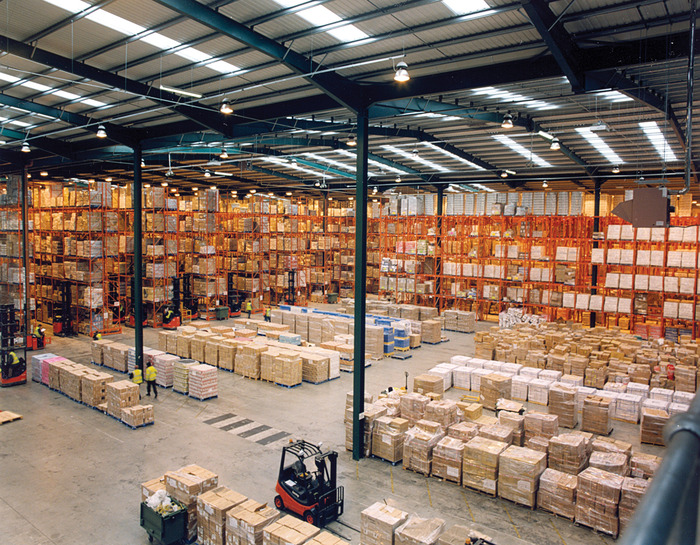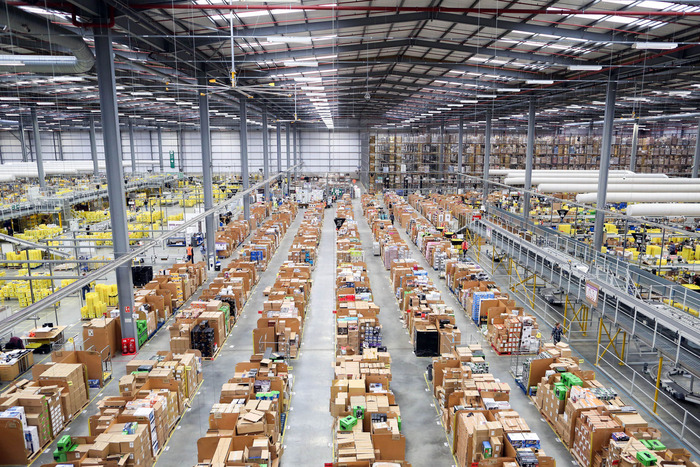The recent surge in online shopping, fuelled by the pandemic and changing consumer habits, has placed immense pressure on warehouses. Meeting rising customer expectations for faster deliveries and accurate orders requires a focus on efficiency.
Thankfully, technology advancements offer business owners access to a range of tools to streamline their warehouse operations and give them a competitive edge.
In this article, we’ll delve into some of the top ways technology can transform your warehouse and help operations run as smoothly as possible.
Faster Delivery
Below are some of the systems you can implement in your workforce to increase delivery speeds:
Warehouse Management Systems (WMS)
A Warehouse Management System integrates all your operations, such as inventory management, order fulfillment and labor allocation, into a single platform. This provides real-time visibility into stock levels, allowing for optimized picking routes and faster order processing.
Automated Picking Systems
Robotic arms and automated storage and retrieval systems can navigate around the warehouse swiftly, retrieving items and delivering them to pickers, which can significantly reduce time spent picking and sorting.
Delivery Drones
While still in its early stages, drone delivery is a game-changer for short-distance deliveries. Trials by companies like Amazon are showcasing the potential for faster and more sustainable deliveries in urban areas.
Design Efficiency
Industrial Controls
Streamline your warehouse layout with industrial controls. These programmable systems manage lighting, heating, ventilation and conveyor belts. By optimizing energy use and ensuring the right environment for both products and staff, you can improve efficiency and reduce costs.
For example, occupancy sensors can automatically adjust lighting in unused areas, leading to significant energy savings.
Warehouse Layout Optimization Software
Technological advancements mean that software can now analyze your product data, picking patterns and order volumes to recommend the most efficient layout. This can involve strategically placing high-demand items closer to picking stations and optimizing aisle widths for better traffic flow.
Safety and Security
The safety and security of all of your employees and facilities should be of the utmost importance to any business owner. Below are some of the safety measures you can implement in a warehouse:
Warehouse Wearables
Smart glasses and wearable barcode scanners free up workers’ hands, allowing them to pick and pack faster and with fewer errors. Additionally, these wearables can be integrated with the WMS to provide real-time instructions and safety protocols.
Automated Guided Vehicles (AGVs)
Forklift accidents are a major concern in warehouses. AGVs are self-driving vehicles that transport goods, eliminating the risk of human error and improving safety in busy warehouses.
Security Cameras and Access Control Systems
High-definition security cameras with motion detection and facial recognition capabilities can deter theft and ensure that only authorized personnel enter restricted areas. Additionally, real-time warehouse monitoring systems can help identify safety hazards and prevent accidents.


